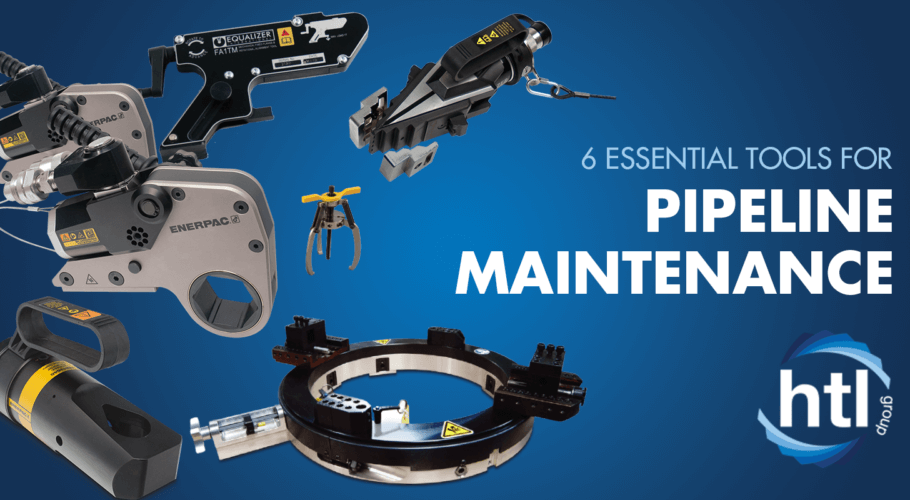
In the oil & gas, petrochemicals, and power generation industries, a huge amount of work revolves around flanges used to connect sections of pipe, pumps, and valves. Whoever is responsible for carrying out the work needs complete confidence that their tools are robust enough to handle the demands of the toughest challenging jobs.
So, what are the essential tools for pipeline maintenance? Below, we explore the essential equipment that every pipeline engineer should look to use.
There are a wide variety of bolting tools that can support your pipeline maintenance jobs. These include nut splitters, bolt tensioners, and torque wrenches.
Hydraulic torque wrenches can come with either a hex or square drive to accommodate for all your needs. There are also electric and pneumatic torque wrench options available on the market to suit your ideal requirement. Nut splitters are used when you need to remove stubborn flange bolts that can’t be loosened by other tools.
Flange facing is a machining maintenance service conducted on flange surfaces. This service is used to repair flanges by machining a new sealing surface onto the flange by creating a spiral serrated finish, thus helping to avoid leakages and corrosion.
Damage to the flange can occur during transit to the construction site, or when welding the flange onto pipe when in-situ – this is when flange facing machines are your ideal solution.
There are a number of tools that come under the flange working umbrella, each ideally suited depending on which direction you want to move the flange joints.
Separating flange joints requires considerable force delivered in a manner that doesn’t damage either flange. To help with this you’ll need a flange spreader, and there are two options depending on the amount of space available between joints. Spreading Wedges are best suited to wider spaces, whilst Secure Grip Spreaders will perform better when gaps are smaller, or non-existent.
Flange alignment tools are used to line up flange joints during pipework construction, commissioning, or during routine maintenance. The tools work by attaching to the flange joint where misalignment is at its greatest and simply push and pull the flanges into correct alignment.
When flanges are aligned in advance of bolting, it may be necessary to use significant force to move the flanges closer together. When this is needed, Flange Pulling Tools can be used for this purpose.
As industry specialists, HTL Group provides all of the above tools with a professional and reactive service. You can view all of the tools in our products section, or simply contact our team today to tell us about your application and we can find a solution for you.